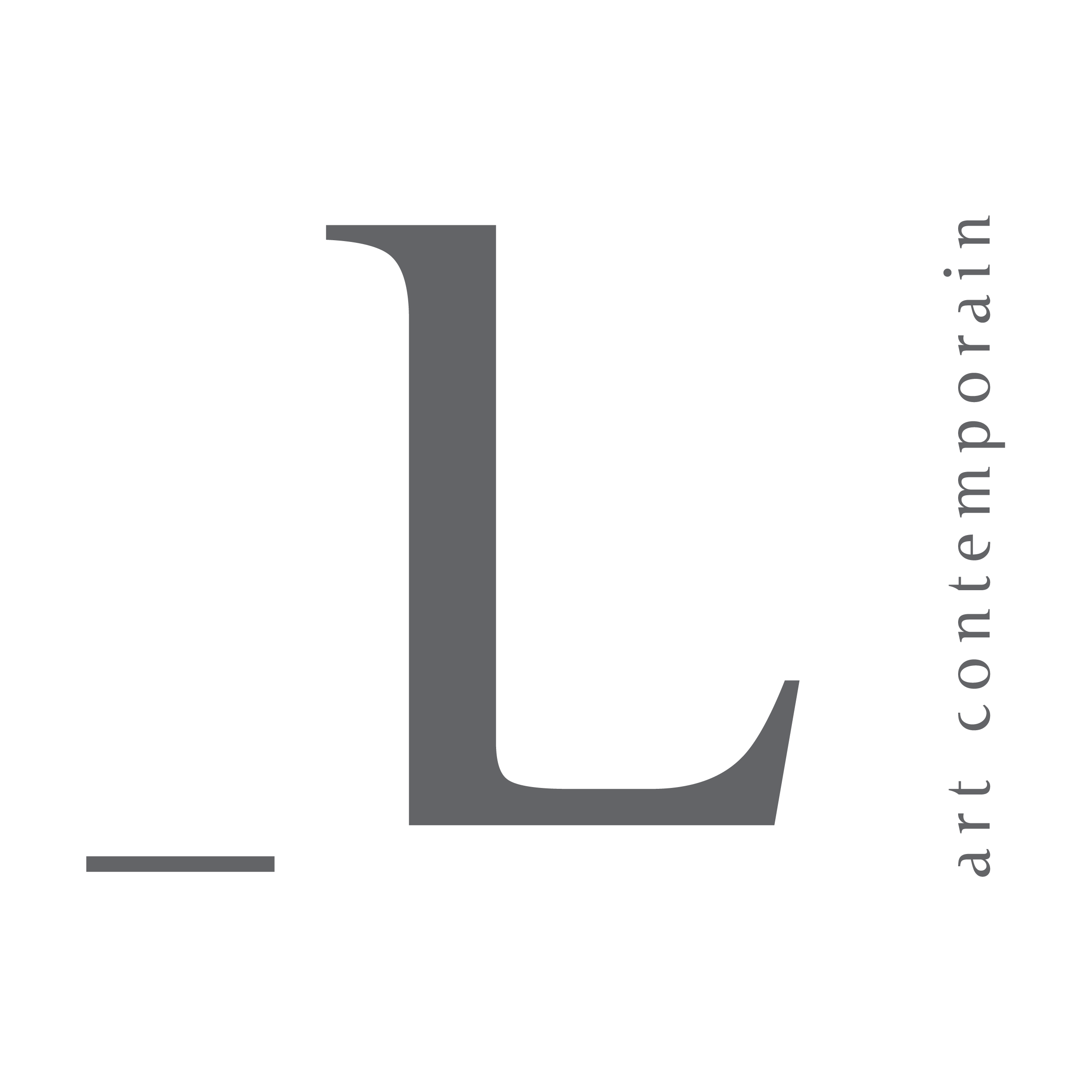Niura Bellavinha, Noel Marinho and Heberth Sobral

The exhibition Geometry of the South brings together works by Niura Bellavinha, Noel Marinho and Heberth Sobral, weaving a thread of history from Concretism through Neo-Concretism to geometric abstraction.
Between 1950 and 1952, Lygia Clark travelled to Paris, where she met Dobrinsky and Léger. Concretism, a movement strongly influenced by Russian Constructivism, dominated the visual arts in Brazil and Argentina at the time. In 1959, Lygia Clark and other artists from Rio de Janeiro signed the Neo-Concretism Manifesto in response to what they considered to be the excessive formalism of Concretism artists. They advocated a more organic and phenomenological approach to art: ‘So-called geometric forms lose the objective character of geometry to become a vehicle for the imagination.’
Ballavinha places natural elements at the centre of her research. Having participated in exhibitions in Brazil and abroad, her works are now featured in collections such as the Gilberto Chateaubriand Collection in Rio de Janeiro, the Museum of Modern Art in São Paulo and the Inhotim Contemporary Art Centre in Brumadinho, Minas Gerais.
Noel Marinho (1927-2018) was one of the representatives of the generation of architects who played an active role in the heyday of modern Brazilian architecture from the mid-1950s onwards. Throughout his long career, Noel Marinho exercised his creativity in art and design alongside his work as an architect.
Sobral addresses everyday topics of behaviour, thoughts and actions through a culture focused on the representation of memories. Heberth uses several media such as ceramics, painting, drawing, banknotes, wood engraving and dolls to construct his own language. His work is featured in the collections of the Ariana Museum in Geneva, the Castro Maya Museum in Rio de Janeiro and the Afro-Brazilian Museum in São Paulo.

